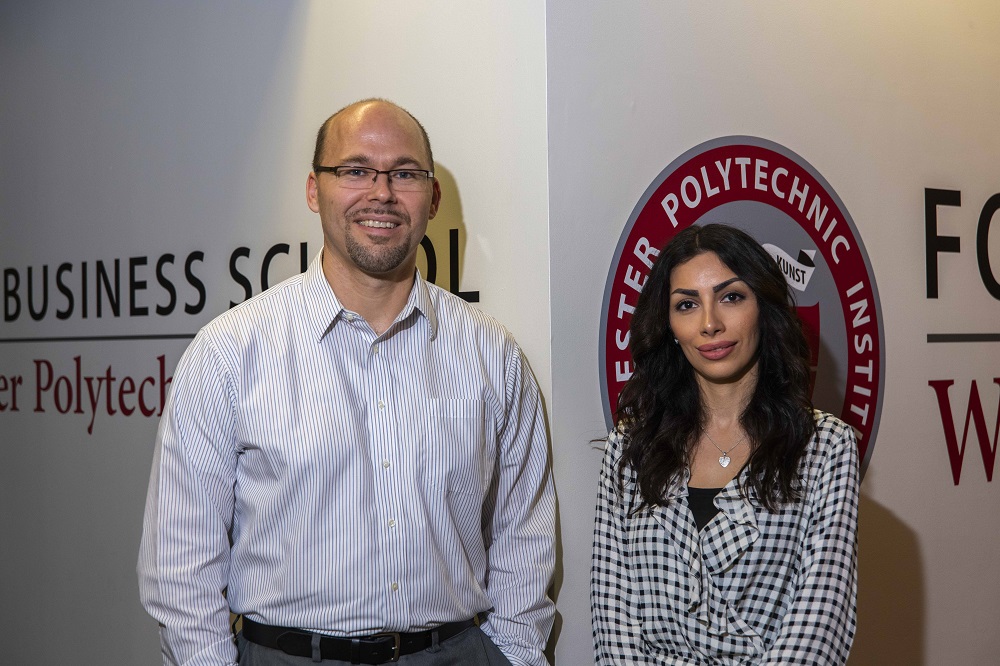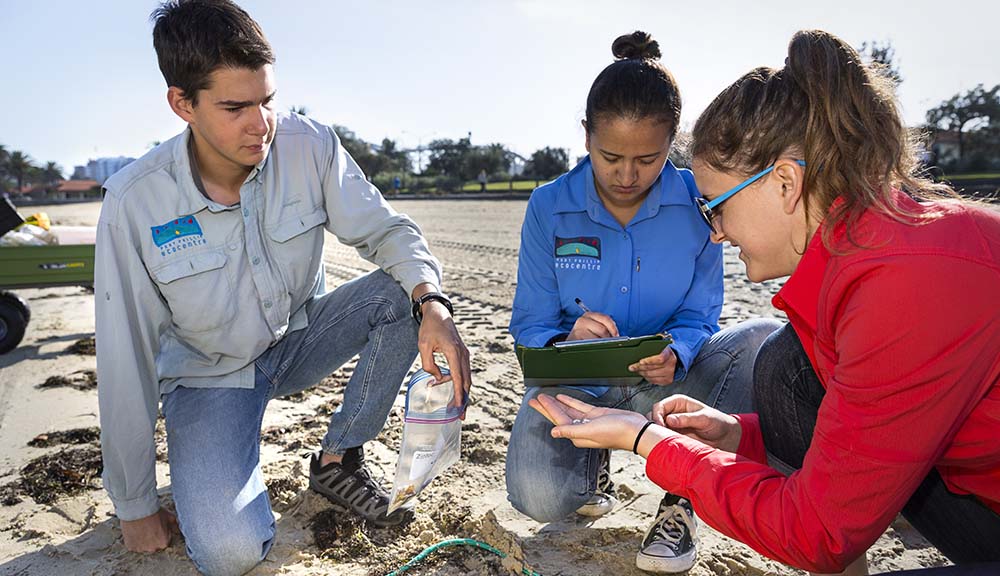
Andrew Trapp
As assistant professor of operations and industrial engineering for WPI’s Foisie School of Business, with a collaborative appointment in mathematical sciences, Andy Trapp obviously likes math. But not just math for the sake of playing with numbers.
“While it’s theoretical,” he says of mathematics on its own, “it has the powerful possibility of applying it to the real world to make a difference.” Trapp says he prefers math applications that can solve problems and help people instead.
ELEMENTS OF INTEGRATION
This pull toward math that is relevant and useful drove Trapp’s recent project: examining how refugees settle here in the U.S. For the past few years, he’s had a growing interest in finding analytical answers—especially to humanitarian problems—using optimization. And if technology is involved, it’s a huge bonus.
With the help of WPI operations and analytics management graduate student Amber (Zijiayan) Lin, over the past two years Trapp has been researching how the U.S. State Department and its partner agencies, including Lutheran Immigration and Refugee Service (LIRS), takes in, assesses, and ultimately helps settle refugees in the United States. Trapp partnered with LIRS, traveling to its Baltimore, Md., headquarters periodically.
By way of background, according to the American Immigration Council, the U.S. met its cap on refugees for 2015: 70,000. Over a third of those arrivals were from the Near East or South Asia (Iraq, Iran, Bhutan, and Afghanistan). Another third were from Africa, and the rest from East Asia (China, Vietnam, and Indonesia).
“The U.S. Department of State interviews refugees throughout the world, and there’s a small portion that are approved for resettlement,” says Trapp.
Trapp’s goal was to investigate how the refugee intake and settlement system works and to then use that information to develop a technological tool that can serve as a resource for groups that make these decisions.
He said the State Department must consider the background of every refugee case on factors such as how many people each case includes—whether it’s an individual or a family; the nationality, the ethnicity of those involved; medical conditions; and languages spoken, among other things. It’s also important for the State Department to know if refugees have other U.S. ties; other factors, such as skill sets, are also useful.
With more information, chances are better for a successful resettlement. For instance, Trapp says, there is an area of the North-Central U.S., where many refugees work in a meat-processing plant. “That’s just what’s worked” in terms of language barriers, culture and ethnicity, and settling refugees of the same heritage where they would already have a support network of people from their own country improving chances for success, he says.
MANY MOVING PARTS
What makes the refugee placement decisions more complex, says Trapp, is that the nine agencies partnering with the State Department work together in splitting up the pool of cases. Some can take refugees the other agencies cannot, and vice versa, due to funding limitations and other issues. Having sat in on one such session, Trapp says there are similarities to sports drafts.
“They place them in short-term housing and help them with paperwork and getting jobs,” says Trapp. Ultimately, refugees get less than a year of support and are required to pay back their airline ticket cost, he says. “A lot are really hard-working people. They had good lives in Iraq, for example, and need to start anew. But they are well educated.”
TECH AT WORK
Trapp is quick to point out that the software he developed for LIRS to assist in placing refugees—a spreadsheet with code where one can optimize placement—is merely a tool. But it’s a tool he’s designed on what the agency needs, rather than simply what he thinks it should do.
“It’s not meant to replace but rather to supplement (staff in decision making). They have people who have been there a long time. We are saying computers are specifically designed for this kind of technology to come up with recommendations,” he says. “But they don’t have that human wisdom … the combination of the two is particularly powerful.”
From here, Trapp expects that the LIRS will use, trust, and begin to see realistic outcomes from the software, which was delivered in April 2016, and has requested their feedback to further improve the system, potentially setting the stage for more in-depth discussions on the development.
“Big-data optimization is what I do,” he says. “The nonprofit sector seems to be particularly underserved in this regard. It’s great that I can help in this way.”
– BY SUSAN SHALHOUB


